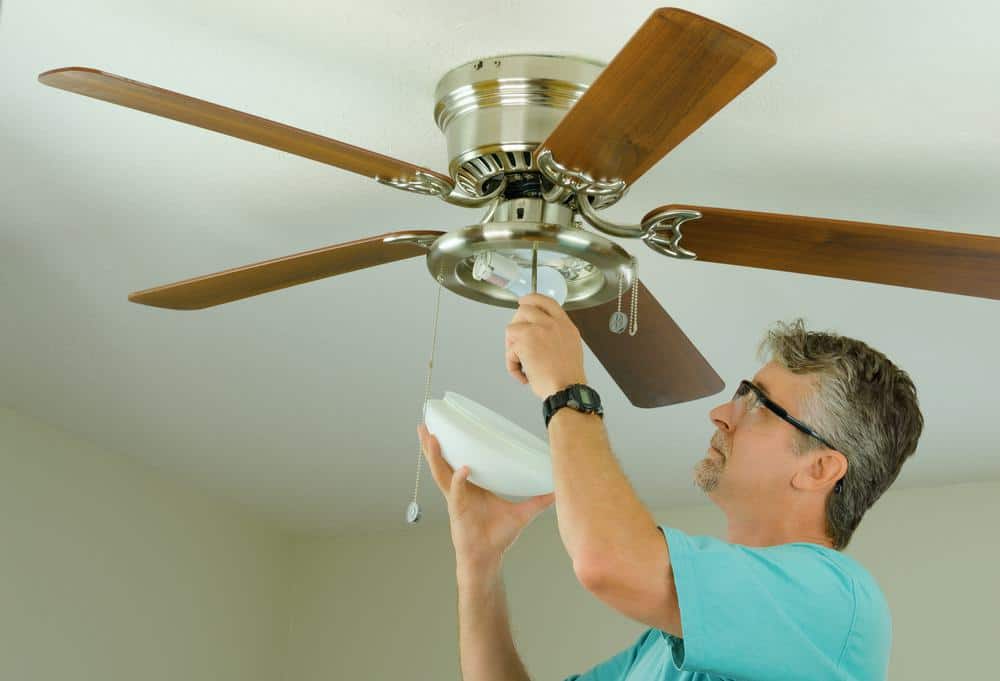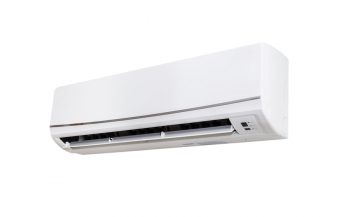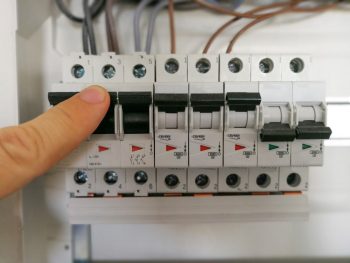
Choosing the right size ceiling fan for your room is not just about the aesthetic and style, it’s also about efficiency and comfort. A ceiling fan that is too small for your room might not provide enough air circulation, while one that is too large could create an uncomfortably strong breeze. In this comprehensive guide, we will delve into how to choose the right size ceiling fan for your room based on room size, ceiling height, and other important factors.
The size of the ceiling fan you need depends on the size of your room. For rooms up to 75 square feet, a 29-36″ fan is recommended. For rooms between 76-144 square feet, a 36-42″ fan is best. Rooms between 144-225 square feet would require a 44″ fan, and larger rooms between 225-400 square feet should use a 50-54″ fan. Remember, the fan should be installed 8-9 feet above the floor for optimal airflow.
Importance of Choosing the Right Size Ceiling Fan
Selecting the right size ceiling fan ensures optimal efficiency, comfort, and safety. A fan that is too large for the space can overpower the room, while a fan that is too small may not effectively circulate air. A fan that is not properly sized may also have a shorter lifespan due to overworking or inefficient operation.
Factors to Consider When Choosing a Ceiling Fan Size
Room Size
The size of your room is the primary factor that determines the size of the ceiling fan you need. Measure the length and width of the room and multiply these figures to calculate the room’s square footage. Here is a general guideline based on room size:
- Up to 75 ft²: 29-36″ fan size
- 76-144 ft²: 36-42″ fan size
- 144-225 ft²: 44″ fan size
- 225-400 ft²: 50-54″ fan size
Ceiling Height
The height of your ceiling is another important factor to consider. For optimal airflow, the fan should be installed 8-9 feet above the floor. For rooms with low ceilings, you may need to opt for a low-profile or flush-mounted fan. For high ceilings, you may need to use an extension rod to lower the fan to the appropriate height.
Fan Position
The fan should ideally be installed in the center of the room for maximum airflow. However, if your room is long or rectangular, you might consider installing multiple smaller fans for optimal air circulation.
Guidelines for Different Room Types
The purpose of the room also affects the choice of ceiling fan size. Here are some guidelines for different room types:
- Small rooms (up to 100 square feet): 29 to 36-inch fans
- Medium-sized rooms (100 to 200 square feet): 36 to 42-inch fans
- Large rooms (200 to 400 square feet): 42 to 52-inch fans
- Extra-large rooms (over 400 square feet): 52-inch fans or larger
Consequences of Incorrect Fan Size
Installing an incorrectly sized ceiling fan can lead to several issues, including inefficient air circulation, aesthetic imbalance, safety risks, and decreased fan lifespan. Always measure your room carefully and follow the appropriate guidelines to ensure you choose the right fan size.
Conclusion
Selecting the right size ceiling fan for your room ensures comfort, efficiency, and longevity of the fan. While the above guidelines are a helpful starting point, remember that every room is unique and other factors such as the room layout, the furniture placement, and your personal preferences should also be considered. As always, when in doubt, consult with a professional to make the best choice for your space.
Frequently Asked Questions
What if my room size falls between the ranges provided, which fan size should I choose?
If your room size falls between the ranges provided, it’s usually better to go with the larger fan size for better air circulation. However, you should also consider the height of your ceiling and the overall aesthetics of the room.
Can I install a ceiling fan in a room with a sloped ceiling?
Yes, you can install a ceiling fan in a room with a sloped ceiling. However, you may need a special mounting bracket or an extension rod to ensure the fan hangs level and at the proper height.
What if I have a very large room, should I still go with a 52-inch fan or larger?
For very large rooms, you might want to consider installing two or more smaller fans instead of one large one. This will ensure better air circulation throughout the entire room.
Is the fan size the only factor affecting its cooling efficiency?
No, the fan size is just one of the factors affecting its cooling efficiency. Other factors include the fan’s blade pitch, motor size, and speed settings.
What is a low-profile or flush-mounted fan?
A low-profile or flush-mounted fan is a type of ceiling fan designed to be installed directly on the ceiling without a downrod. This makes them ideal for rooms with low ceilings.












